Avocados are native to tropical and subtropical regions; they grow and thrive in such climates. With the United States being mostly temperate, you might be wondering if avocados can grow here.
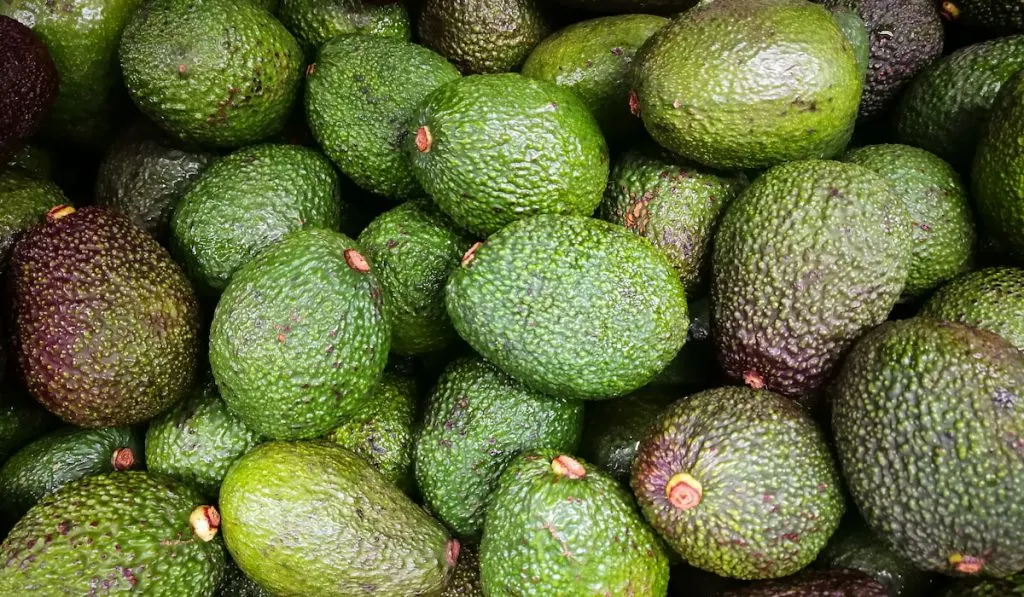
Well, it turns out they can, and the state of Florida is one of the best places that support the growth of avocados. The avocados in Florida can grow between 30-60 feet high.
Before you start planting your avocado, you have to first decide where the tree will be located. The planting site requires enough space far away from buildings and power lines.
The tree also requires well-drained soil and adequate sunlight. Ensure the soil around the planting area is loose enough for the tree roots to grow through.
Avocado trees will thrive on the natural soil found in Florida. But before planting, it is recommended the soil is amended with either a layer of mulch or compost.
When planting the avocado, ensure the hole is of the same depth and twice as wide as the root ball.
The subsequent paragraphs of this article will provide information on where to plant avocados and how you can care for them. We will also look at some avocado varieties that grow well in various regions of Florida.
Can You Grow Avocados in Florida?
Yes, you can grow avocados in Florida.
Being tropical plants, avocados like rain, plenty of sunlight, and warm weather. Most parts of Florida can provide this climate. Florida is a place with a mix of tropical and subtropical regions.
For those who live in the southern part of Florida, growing avocados will not be a problem. Avocados thrive when grown in areas with warm climates.
This means the central and southern parts of Florida are perfect for growing avocados.
Those living in the northern parts of Florida may have to grow cold-tolerant varieties. They must also provide protection for their avocados.
The good news is there are several varieties of avocados that can grow in different parts of Florida.
Best Avocado Varieties for Florida
Florida is home to several varieties of avocados. Below is a list of the best avocado varieties for different regions in Florida:
Central Florida
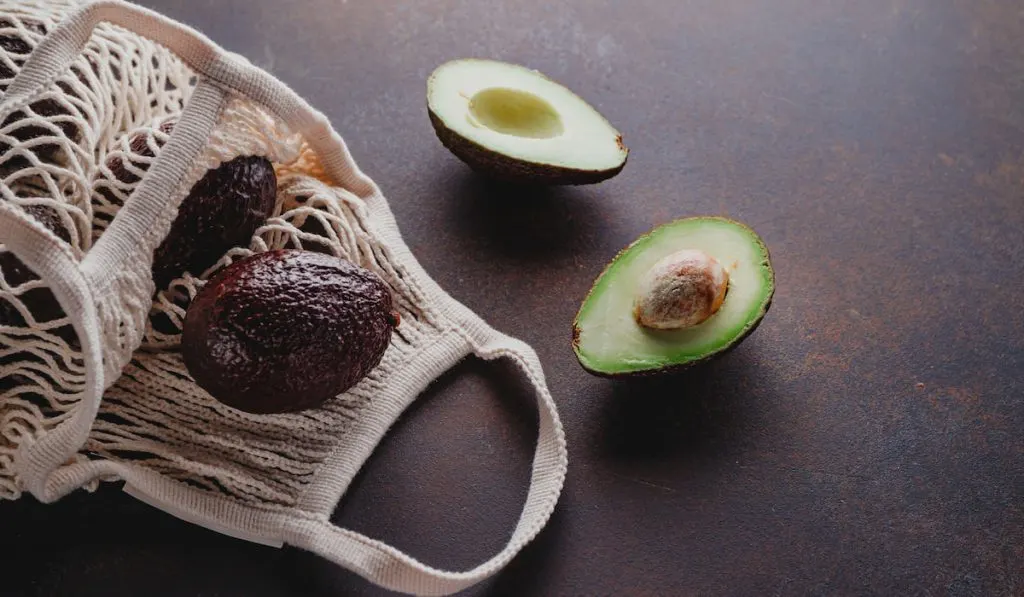
‘Super Hass’
‘Super Hass’ feels, looks, and tastes just like Hass. The ‘Super Hass’ tree is more robust than the ‘Hass’. The fruit produced by the ‘Super Hass’ is slightly larger than the ‘Hass’, and it also weighs about a pound more.
The ‘Super Hass’ ripens between September and October.
‘Brogdon’
The ‘Brogdon’ avocado has a thin dark purple skin. It has a rich nutty flavor that is similar to that of a ‘Hass’ avocado.
The ‘Brogdon’ avocado is hardier than Hass. Its fruits weigh under a pound and have a high oil content. However, it is not cultivated for commercial purposes due to its skins.
The fruits of ‘Brogdon’ avocado begin to ripen between July and September.
‘Oro Negro’
‘Oro Negro’ is a Spanish word that means ‘black gold’ in English.
The reason for its name is because of the shiny black skin it takes on when it ripens. The fruit of this tree has an elongated oval shape that is longer than ‘Hass’.
The fruits of the ‘Oro Negro’ ripen between November and December.
‘Nishikawa’
‘Nishikawa’ avocados have dark green skin with a soft and buttery texture. Their flavor profile is similar to that of a ‘Hass’ avocado, and they ripen between November and December.
‘Lula’
‘Lula’ avocado trees can withstand cold temperatures as low as 25 degrees.
This variety produces fruits with thick green skins and a slight neck. The fruits weigh nearly one pound and ripen between October and January.
Northwest Florida
Northwest Florida is predominantly subtropical. So, avocado varieties with high tolerance to cold will do well there.
You may plant the following varieties in Northwest Florida:
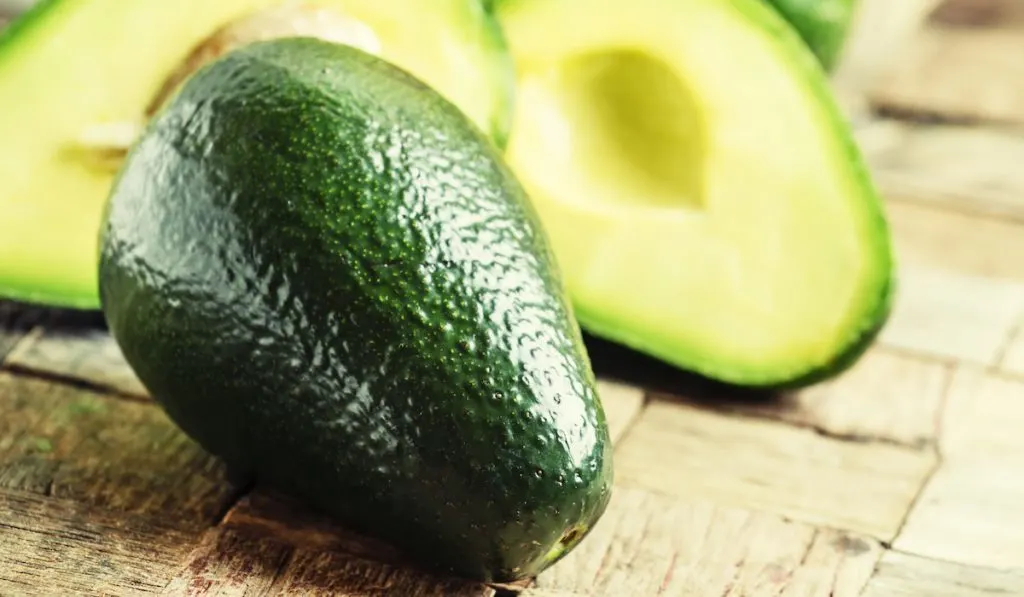
‘Bacon’
‘Bacon’ avocados have smooth, thin dark-green skin. They are oval-shaped. Compared to the ‘Hass’ variety, they are less oily.
This avocado variety is hardy to temperatures as low as 25°F. They typically produce fruit between mid and late winter.
‘Mexicola’
The ‘Mexicola’ variety is also frost-hardy, tolerating temperatures as low as 18°F. It comes with a thin, green skin that turns purple-black on ripening.
‘Mexicola’ avocados are obovate with a weight range of 4 to 6.5 oz. They contain around 20% oil, and they produce fruits in September.
Southwest Florida
‘Day’
The ‘Day’ avocado is pear-shaped with a rich nutty taste and dull-green skin. ‘Day’ avocados are small and cold-hardy. They are also very productive; they produce fruits from August to September.
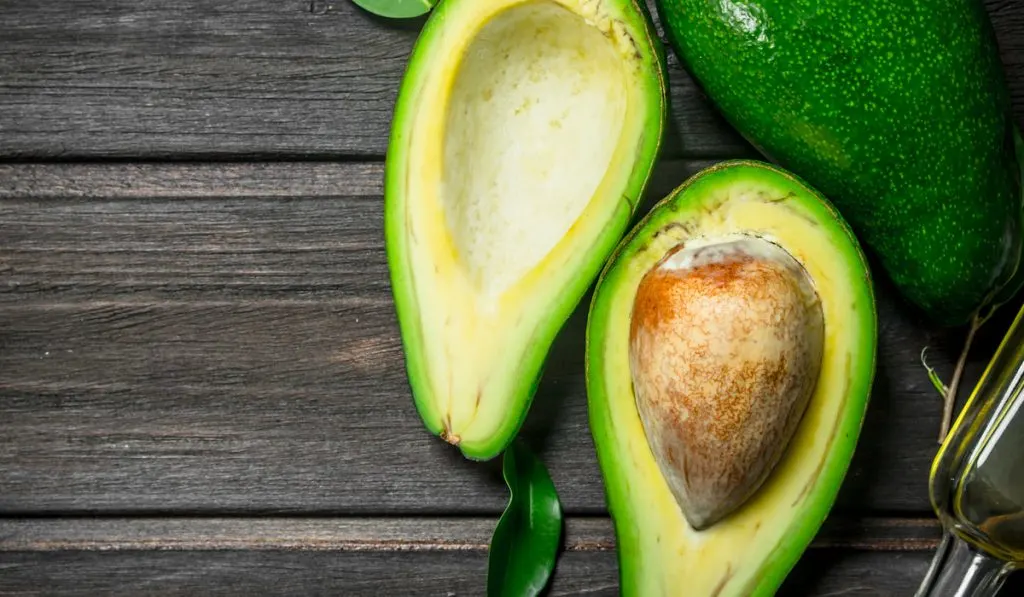
‘Donnie’
The ‘Donnie’ avocado is a cold-sensitive avocado variety.
It produces large fruit between May and June, making it the earliest commercial variety. These avocados are so mild that they are almost bland.
‘Expedition’
The ‘Expedition’ avocado tree produces a medium to large fruit which has a large seed. The skin of this avocado has a dull, dark-green color.
‘Russell’
The ‘Russell’ avocado tree is frost-sensitive. The fruit of this avocado tree weighs around 16-24 oz. and measures between 12-18 inches long.
The fruit is club-shaped and has a smooth green skin with a small seed. The ‘Russell’ avocado tree bears fruit between July and August.
South Florida
‘Choquette’
The ‘Choquette’ avocado tree produces a fruit that has smooth, glossy skin. The flesh of this avocado is watery, and it often leaks when you cut it.
‘Long Neck’
‘Long Neck’ avocados are gourd-shaped with a glossy exterior and can grow up to 13 inches long.
Northern Florida
Avocados found in this region are cold-hardy enough to survive freezing conditions.
‘Lila’
The ‘Lila’ avocado can tolerate cold temperatures down to 15°F. It comes with a rich nutty flavor and smooth-textured flesh.
‘Lila’ avocados are medium-sized pear-shaped fruits, which weigh about 6-10 oz. They typically ripen between July and September.
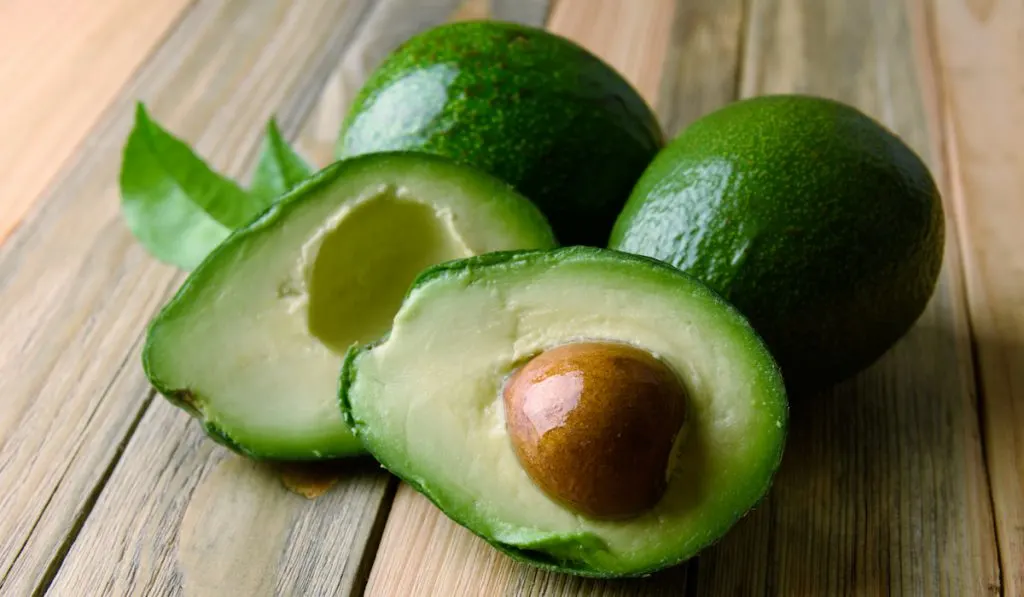
‘Pancho’ or ‘Poncho’
The ‘Poncho’ avocado can tolerate cold temperatures as low as 15°F. It has green skin, which turns a mixture of blue and red when ripe.
The ‘Poncho’ is also pear-shaped and weighs around 6-10 oz. It ripens between July and September.
‘Fantastic’
The ‘Fantastic’ avocado can tolerate cold temperatures as low as 15°F. It produces green fruit with thin skin. This avocado variety has a high oil content, and it ripens between August and September.
‘Joey’
The ‘Joey’ avocado is an egg-shaped, medium-sized fruit.
The skin of the ‘Joey’ avocado is thin with a purple-black color. The darkness of its skin makes it difficult to see bruises.
The fruits usually become ripe between August and September.
‘Brazo Belle’
The ‘Brazo Belle’ avocado can tolerate cold temperatures as low as 15°F.
This tree produces medium to large-sized fruits, which weigh about 6-8 oz at maturity. ‘Brazo Belle’ avocados have purple-black skin, and they ripen between August and October.
Where to Plant Them
Finding the appropriate location for planting your avocado is especially important.
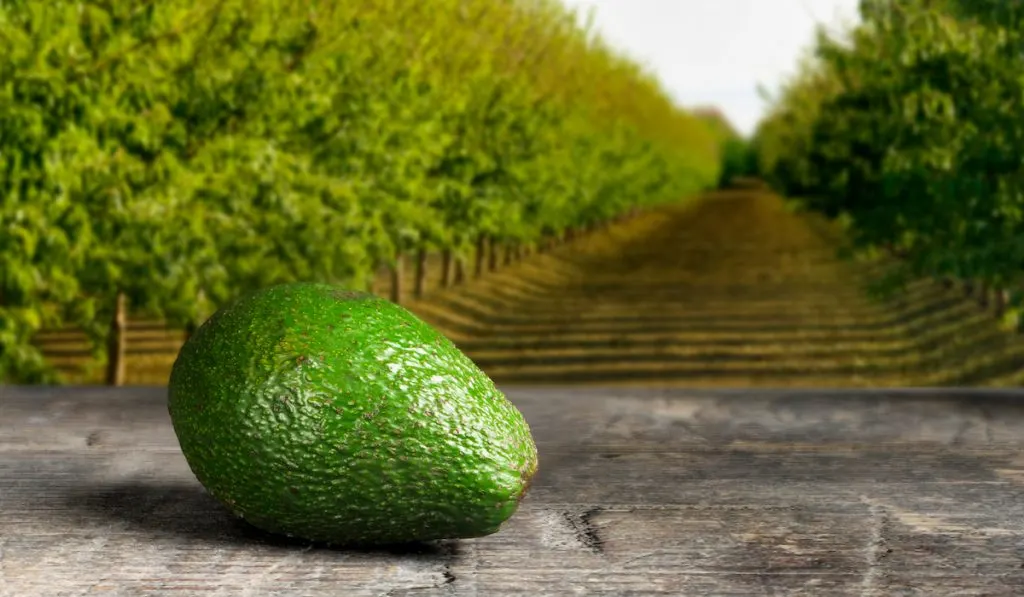
The appropriate location should be elevated with no history of flooding and saturated soil. Avocado trees require well-drained soil, as flooding for more than 24 hours can kill them.
Another thing to consider when looking for a planting location is the weather.
Avocados are fragile plants that cannot tolerate harsh weather conditions. Ensure the area where you are about to plant your avocado is warm but not too hot.
You should also ensure the planting location for your avocado receives enough sunlight. The energy from the sun is required for the avocados to produce healthy fruit.
The final thing to consider when looking for a planting location is space. When avocados mature, they become large trees, reaching heights of up to 40 feet or more.
You can prune them to control their growth, but it is in their nature to become large eventually.
How to Care for Them
Once fully established, avocados are easy to care for.
Their large green leathery leaves make them beautiful and attractive enough to be used as home landscape trees and houseplants. Once you can meet your tree’s basic needs, it will remain beautiful and healthy.
Watering
When watering avocados in Florida, you have to be careful. For the first week, newly planted avocados should be watered almost every day.
You can later reduce the watering to twice a week. Water regularly and deeply, and allow the soil to dry out a little before you water again.
Avocado roots require enough air, so you should avoid overwatering. To conserve soil moisture, mulch the trees with 3 or 4 inches of wood chips. Ensure you leave enough space between your tree trunk and the mulch.
For container avocados, let the soil dry out slightly, then water it thoroughly to moisten the root ball.
If you take your container avocado out during the summer, you may need to water it daily. Container plants tend to dry out a lot faster in the wind and sun.
Fertilization
For the first year, you do not need to apply any fertilizer. After the first year, you should use fertilizers that are specific to citrus and avocados.
Avocados prefer fertilizers that contain high amounts of nitrogen relative to potassium and phosphorous. This means the value of nitrogen in your N-P-K fertilizer should be higher.
You should feed your container avocados every 12-16 weeks.
For your outdoor and landscape avocados, feed them at the back end of winter, the middle of summer, and again during the early weeks of fall. The feeding should be done according to the label rate based on your tree’s age.
Pruning
You should only prune avocado trees to control their size and shape the tree.
You should not over prune the trees, especially when they start producing fruit. Removing dead branches from the tree can be done at any time.
Light
When indoors, avocados should be placed in a south-facing window that gets a lot of sunlight exposure. When the temperature rises, you can move the tree outside. But in winter, let the tree stay indoors.
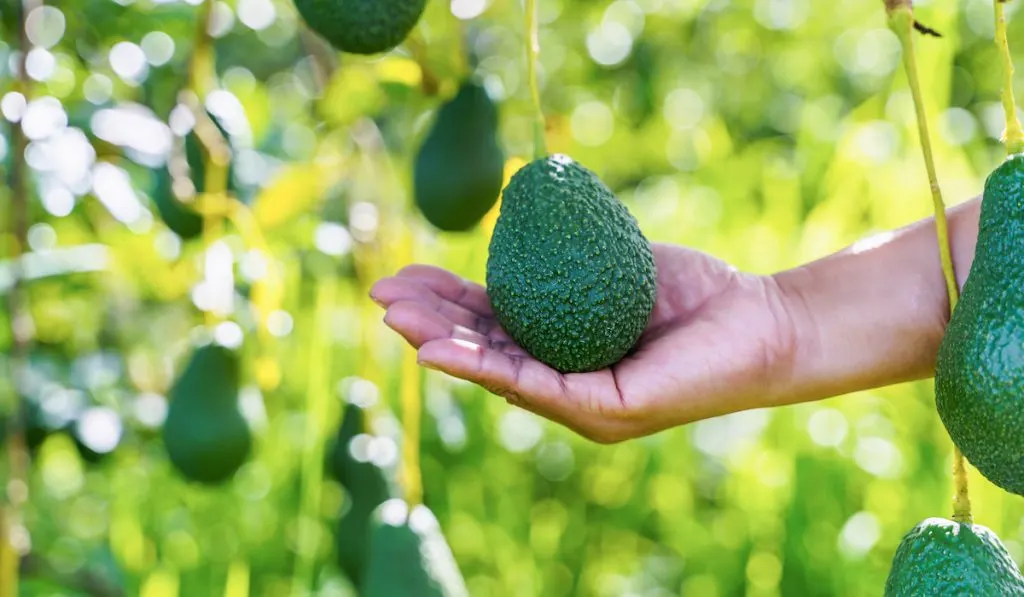
When to Pick Avocados in Florida
You might be wondering when the right time to harvest an avocado fruit is. Avocados do not actually get ripe on the tree.
They start getting ripe 3-8 days after being harvested. Even with these facts, knowing when to pick avocados can be a bit difficult.
If you see the fruits of your avocado tree dropping, there is a high probability the tree is ready to be picked. You do not need to pick all the fruits at once. You can harvest the fruit when needed.
Remember, the avocado fruits will eventually drop from the tree as the season progresses.
In Florida, several avocado varieties mature during the winter and fall months. Avocado varieties like ‘Hall’, ‘Lula’, ‘Taylor’, ‘Monroe’, ‘Choquette’, and ‘Booth’ can be harvested between October and February.
Resources
- https://www.flgardening.com/growing-avocados-in-florida/
- https://askthegreengenie.com/tropical-fruits/best-avocados-for-central-fl/
- https://www.fiskars.com/en-us/gardening-and-yard-care/ideas-and-how-tos/pruning-and-trimming/how-to-care-for-avocado-trees
- https://www.pennington.com/all-products/fertilizer/resources/how-to-grow-an-avocado-tree
- https://www.insider.com/what-are-long-neck-avocados-how-to-get-one-2019-8
- https://askthegreengenie.com/tropical-fruits/cold-hardy-avocado-tree/
- https://avocadobuddy.com/tree-care/growing-avocados-in-florida/
- https://www.tampabay.com/features/homeandgarden/time-for-avocados-in-florida/1258339/
- https://www.nmbfloridavacationrentals.com/florida/climate-florida
- https://www.specialtyproduce.com/produce/Bacon_Avocados_6658.php
- https://www.louiesnursery.com/plants/avocado-trees/mexicola-avocado/
